CE Working Clothing: Certified Protection & Durability
Advanced Protective Wear: The Imperative of CE Working Clothing
In high-risk industrial environments, the efficacy of Personal Protective Equipment (PPE) is paramount. Among the critical components of a robust safety protocol, ce working clothing stands as a cornerstone, providing certified protection against a multitude of hazards. These garments are not merely uniforms; they are engineered solutions designed to meet stringent European safety standards, ensuring optimal worker safety, comfort, and compliance. From construction sites to petrochemical plants, the demand for high-performance, certified workwear continues to escalate, driven by increasingly rigorous safety regulations and an ever-present need to safeguard human capital.
The evolution of industrial processes has necessitated a parallel advancement in protective clothing technology. Today's challenges demand materials that offer superior resistance to cuts, abrasions, chemicals, heat, and flame, all while maintaining breathability and ergonomic design for prolonged wear. This article delves into the intricacies of CE-certified workwear, exploring its manufacturing, technical specifications, diverse applications, and the critical factors B2B decision-makers must consider for optimal procurement.
Current Industry Trends in Professional Protective Workwear
The market for industrial protective wear is undergoing significant transformation, driven by technological innovations, evolving safety standards, and a growing emphasis on sustainability and worker comfort. Key trends include the integration of smart textiles, enhanced material performance, and a shift towards more customized and ergonomic designs.
- Smart PPE Integration: The incorporation of sensors and IoT devices into workwear to monitor vital signs, detect hazardous environments, or track worker location is becoming more prevalent. This enhances proactive safety management.
- Advanced Material Science: Continuous development in fabric technology leads to lighter, more durable, and multi-functional materials offering protection against multiple hazards (e.g., flame-retardant and anti-static properties in a single garment). Materials like aramid fibers, modacrylics, and advanced blends are common.
- Sustainability and Eco-Friendly Production: Growing demand for workwear manufactured using sustainable practices, recycled materials, and reduced environmental impact. Many clothing manufacturers are investing in greener supply chains.
- Ergonomics and Comfort: Beyond protection, there's a strong focus on designing garments that minimize worker fatigue, improve mobility, and ensure comfort throughout long shifts. This includes breathable fabrics, articulated designs, and adjustable features.
- Customization and Personalization: Companies increasingly seek specialized workwear tailored to specific job roles, climate conditions, and corporate branding. This extends to features in working clothing construction for precise fit and function.
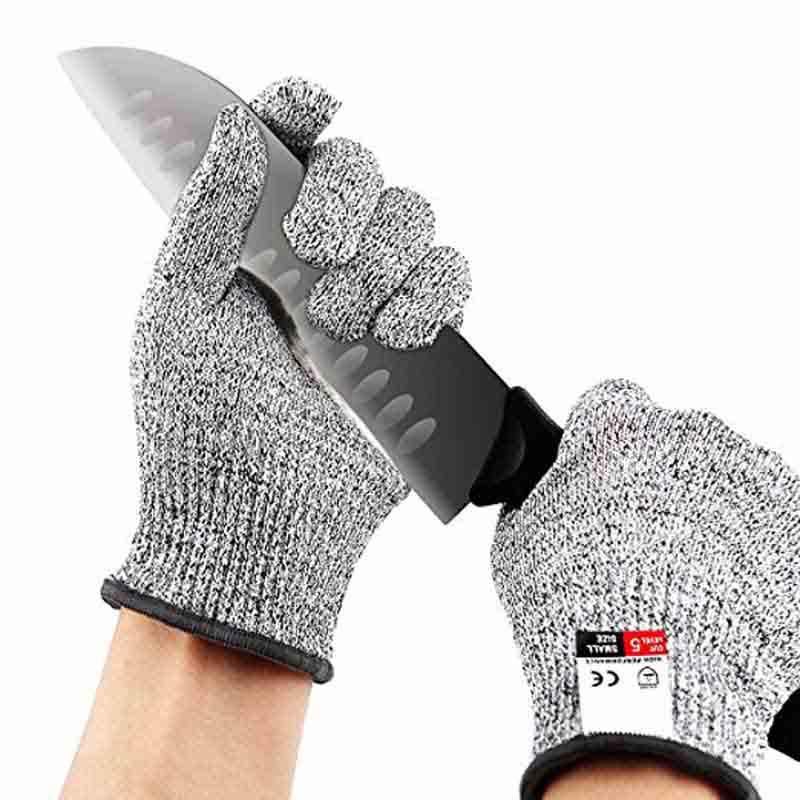
The Manufacturing Process of CE Working Clothing
The production of high-quality ce working clothing is a meticulous process, far removed from standard garment manufacturing. It integrates specialized materials, precision engineering, and rigorous quality control to meet strict European Union (CE) directives and harmonized standards (e.g., EN ISO). The process flow typically involves several critical stages:
1. Material Selection and Sourcing
- Fiber and Fabric Engineering: Depending on the intended hazard, materials like flame-retardant (FR) cotton, modacrylic blends, aramid fibers (e.g., Nomex, Kevlar), high-density polyesters, or Gore-Tex for waterproofing are chosen. Key properties assessed include tensile strength, tear resistance, abrasion resistance, chemical inertness, and thermal performance. For specialized applications like welding clothing, multi-layer fabrics with molten splash resistance are selected.
- Accessory Components: Zippers, buttons, reflective tapes, and threads are also selected to meet the same protective standards as the main fabric (e.g., FR zippers for FR garments).
2. Design and Pattern Making
- Ergonomic Design: Patterns are engineered for maximum mobility and comfort, considering typical movements in industrial settings. This is crucial for tasks requiring agility, such as those performed by a woodworking safety helmet wearer who also needs flexible protective attire.
- Standard Compliance: Design incorporates requirements from specific EN standards (e.g., EN ISO 11612 for heat and flame, EN 1149 for anti-static, EN ISO 20471 for high visibility).
3. Cutting and Assembly
- Precision Cutting: Automated CNC cutting machines ensure accuracy and minimize material waste.
- Specialized Stitching: Industrial sewing machines use durable, high-strength threads (often aramid or polyester core-spun). Seams are often reinforced, double-stitched, or sealed to prevent ingress of liquids or particles and maintain garment integrity under stress.
- Component Integration: Reflective strips, pockets, and closures are meticulously attached to ensure functionality and compliance.
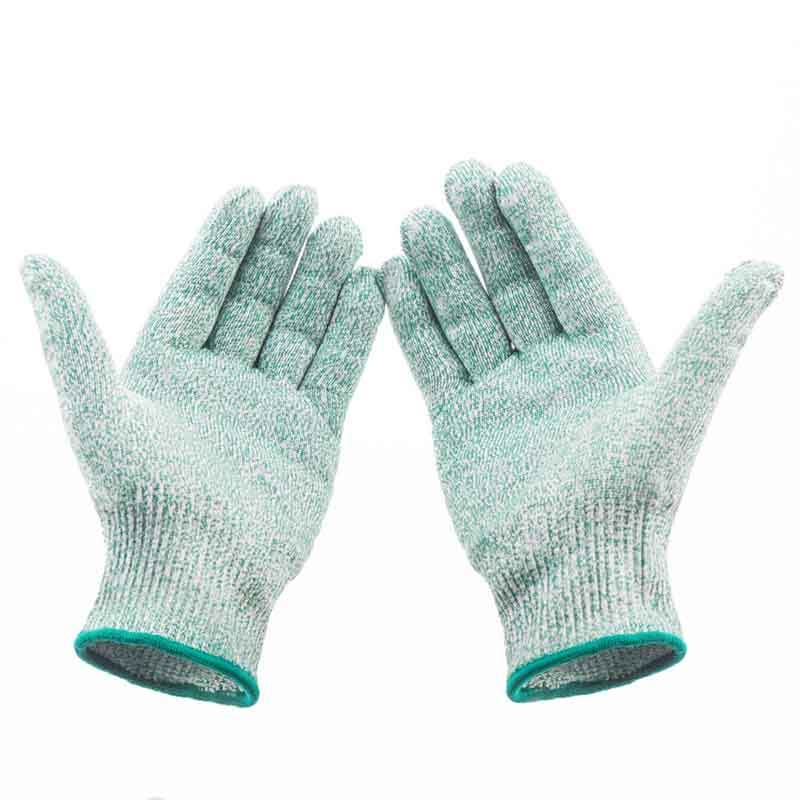
4. Finishing and Quality Control
- Post-Treatment: Some garments may undergo additional treatments like water-repellent finishes or anti-microbial applications.
- In-Process and Final Inspection: Comprehensive checks for material defects, stitching quality, sizing accuracy, and adherence to design specifications.
5. Certification and Testing Standards
Critical to CE marking, each garment undergoes rigorous testing by accredited third-party laboratories. This includes tests for:
- Mechanical Properties: Tear, tensile, puncture, and abrasion resistance (e.g., EN 388 for gloves, similar principles apply to fabrics).
- Thermal Protection: Flame spread, heat transfer (convective, radiant, contact), molten metal splash (EN ISO 11612, EN ISO 11611 for welding clothing).
- Chemical Resistance: Permeation and penetration resistance to various chemicals (EN ISO 13982 for particulate protection, EN 13034 for liquid chemicals).
- Visibility: Retro-reflectivity and fluorescent properties (EN ISO 20471).
- Electrostatic Properties: Surface resistivity (EN 1149).
The service life of ce working clothing is highly dependent on material quality, application intensity, maintenance, and adherence to washing instructions. High-quality garments designed for industrial use can often withstand 50-100 industrial washes while retaining their protective properties, though specific standards or manufacturer guidance should always be followed.
Technical Specifications and Performance Parameters
Understanding the technical specifications of ce working clothing is crucial for procurement. These parameters dictate the level of protection, durability, and suitability for specific hazardous environments. Below is a representative table of common EN standards and their application:
| EN Standard | Protection Type | Key Requirements | Typical Application |
|---|---|---|---|
| EN ISO 11612 | Heat and Flame Protection | Limited flame spread, convective heat, radiant heat, molten metal splash, contact heat. | Petrochemical, Metallurgy, Firefighting, Welding clothing. |
| EN ISO 11611 | Protection for Welders and Allied Processes | Resistance to small splashes of molten metal, short contact with flame, radiant heat from arc. | Welding, cutting, grinding operations. |
| EN 1149-5 | Electrostatic Properties | Protection against electrostatic discharge in explosive atmospheres (ATEX zones). | Oil & Gas, Chemical Industries, Painting operations. |
| EN ISO 20471 | High Visibility Clothing | Photometric performance of retro-reflective and fluorescent materials, minimum areas. | Roadside work, Construction (working clothing construction), Railway, Traffic management. |
| EN 343 | Protection Against Rain | Water penetration resistance (waterproofness) and water vapor resistance (breathability). | Outdoor work, Marine, Water supply & drainage. |

These standards provide a framework for evaluating garment performance, ensuring that protective clothing offers reliable defense against identified workplace hazards. The specific "class" within each standard (e.g., Class 1, 2, or 3 for EN ISO 20471) indicates the level of protection offered, with higher classes generally signifying greater protection.
Application Scenarios and Target Industries
The versatility of ce working clothing makes it indispensable across a broad spectrum of industrial sectors, each with its unique set of risks and protective requirements.
- Petrochemical Industry: Workers in oil refineries, gas processing plants, and chemical manufacturing face risks from flash fires, chemical splashes, and electrostatic discharge. FR and anti-static garments (EN ISO 11612, EN 1149-5) are critical for preventing severe injuries and catastrophic incidents.
- Metallurgy and Foundry Operations: Exposure to extreme radiant heat, molten metal splashes, and sparks necessitates specialized clothing. EN ISO 11612, particularly with high levels for molten metal splash (D3/E3), is essential for this environment.
- Construction and Infrastructure: Workers engaged in working clothing construction, road building, and civil engineering require protection against mechanical risks (abrasion, tears), poor visibility, and adverse weather. High-visibility clothing (EN ISO 20471), waterproof garments (EN 343), and cut-resistant workwear are standard. Similarly, tasks involving power tools often necessitate additional protection such as a woodworking safety helmet and cut-resistant trousers.
- Welding and Fabrication: Intense heat, UV radiation, and molten spatter are inherent hazards. Dedicated welding clothing (EN ISO 11611) provides crucial defense, often incorporating leather or heavy-duty flame-retardant cotton.
- Utilities (Water Supply & Drainage, Electricity): Personnel often work outdoors in varying weather conditions and may encounter electrical hazards or chemical contaminants. Waterproof, high-visibility, and arc-flash protective garments are paramount.
- Mining: Demanding conditions with risks of mechanical injury, fire, and explosions. Heavy-duty, FR, anti-static, and high-visibility clothing is standard.
In each scenario, the selection of appropriate ce working clothing is not merely about compliance but about enhancing worker safety, productivity, and overall operational resilience.

Technical Advantages of High-Performance CE Working Clothing
Investing in premium ce working clothing offers a myriad of technical and operational advantages beyond mere compliance:
- Superior Hazard Protection: Certified garments provide a verifiable barrier against specific risks, significantly reducing the likelihood and severity of injuries. This leads to fewer lost-time incidents and improved worker morale.
- Enhanced Durability and Longevity: High-performance fabrics and robust construction techniques result in garments that withstand harsh industrial environments, repeated laundering, and extensive wear. This translates to a lower total cost of ownership compared to cheaper, less durable alternatives.
- Optimized Comfort and Ergonomics: Modern workwear is designed with worker comfort in mind, using breathable, lightweight, and flexible materials. Articulated knees, adjustable cuffs, and ample pocketing contribute to greater freedom of movement and reduced fatigue, ultimately boosting productivity.
- Multi-Standard Compliance: Many advanced garments are engineered to meet multiple CE standards simultaneously (e.g., FR, anti-static, and high-visibility), simplifying procurement and ensuring comprehensive protection in complex hazard profiles.
- Corrosion and Chemical Resistance: For specific applications, advanced coatings and fabric treatments provide excellent resistance against corrosive chemicals, oils, and greases, extending the life of the garment and protecting the wearer.
- Improved Visibility and Safety: Integrated retro-reflective tapes and fluorescent materials ensure workers are seen in low-light conditions, drastically reducing the risk of accidents with vehicles or machinery, particularly in working clothing construction.
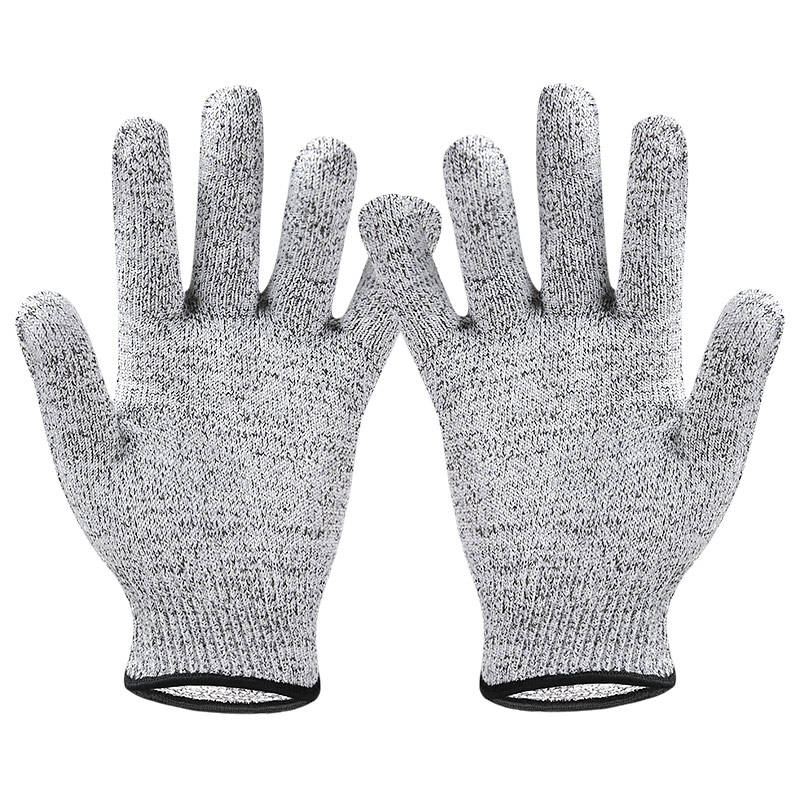
These advantages collectively contribute to a safer, more efficient, and more compliant workplace, validating the investment in high-quality protective wear.
Vendor Comparison: Selecting the Ideal CE Working Clothing Manufacturer
Choosing the right supplier for ce working clothing is a strategic decision that impacts safety, budget, and operational efficiency. A thorough evaluation of potential clothing manufacturers is essential. Considerations should extend beyond price to include product quality, certification robustness, customization capabilities, and after-sales support.
| Feature | Manufacturer A (Premium) | Manufacturer B (Mid-Tier) | Manufacturer C (Budget) |
|---|---|---|---|
| Core Certifications | ISO 9001, Oeko-Tex Standard 100. Products CE certified to multiple EN standards (e.g., 11612, 1149, 20471). | ISO 9001. Products CE certified to core EN standards (e.g., 11612 or 20471). | Basic CE marking for selected products. Limited additional certifications. |
| Material Sourcing | Global network of certified, sustainable textile mills. Proprietary advanced fabric blends. | Reputable regional suppliers. Standard industrial fabrics. | Cost-effective bulk fabric suppliers, potentially varying quality. |
| Customization Options | Full bespoke design, extensive branding, specialized feature integration, fit adjustments. | Standard corporate branding, basic color options, minor design modifications. | Limited to basic logo printing. |
| R&D and Innovation | Dedicated R&D, continuous product improvement, smart textile integration. | Adapts to market trends, occasional product updates. | Focus on established designs, minimal innovation. |
| Warranty & Support | Extended warranty (2-3 years), dedicated account management, full technical support. | Standard warranty (1 year), responsive customer service. | Limited warranty, basic support. |
| Typical Lead Time (Bulk) | 8-12 weeks (due to customization and quality checks). | 6-10 weeks. | 4-8 weeks. |

This comparison highlights that while budget options exist, they often come with compromises in certification depth, material quality, and support. For critical applications, partnering with a premium manufacturer offering comprehensive certifications and robust support is often the more prudent long-term investment.
Customized Solutions for Specialized Work Environments
The "one-size-fits-all" approach rarely suffices for complex industrial safety needs. Many organizations, particularly those in highly specialized sectors, require bespoke ce working clothing solutions. Reputable clothing manufacturers offer comprehensive customization services, which can include:
- Fabric Blend Tailoring: Developing specific fabric compositions to address unique hazard combinations, such as simultaneous protection against chemicals, heat, and arc flash.
- Design Modifications: Adapting garment designs to improve functionality for specific tasks, integrating specialized pockets for tools, reinforced areas for high-wear points, or modular systems for attaching other PPE components (e.g., compatibility with a woodworking safety helmet or communication devices).
- Sizing and Fit Optimization: Offering extended size ranges or made-to-measure services to ensure optimal fit, which is critical for comfort, mobility, and the effectiveness of protective features.
- Branding and Identification: Incorporating corporate logos, employee names, and unique identification features while ensuring these additions do not compromise the garment's protective properties.
- Environmental Adaptations: Customizing garments for extreme climates, such as enhanced insulation for arctic conditions or advanced ventilation for tropical heat.
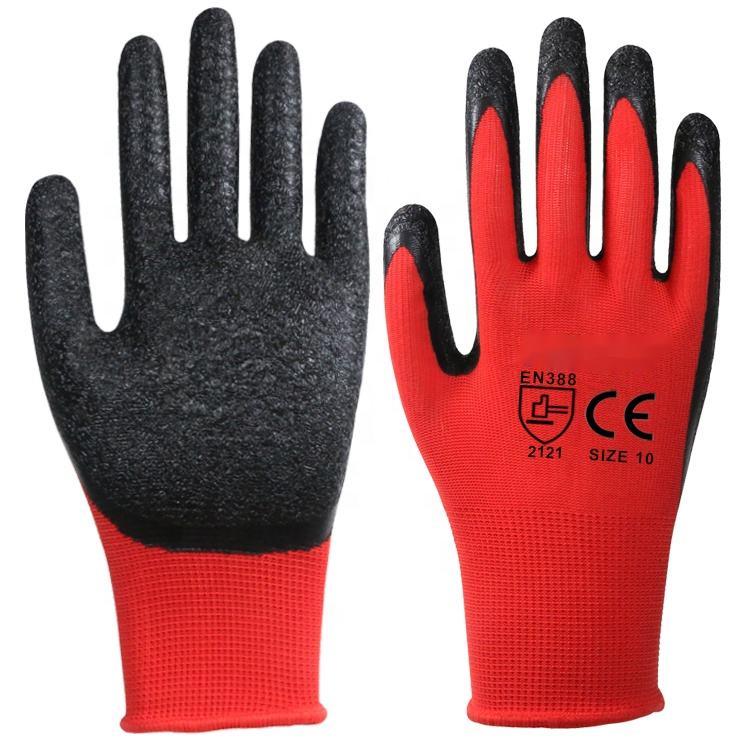
These customized solutions are developed through close collaboration between the client and the manufacturer's technical teams, often involving detailed hazard assessments, wearer trials, and iterative design reviews to ensure the final product meets all functional and safety requirements.
Application Case Studies
Case Study 1: Petrochemical Refinery Upgrade
A major petrochemical company undertook a significant upgrade of its distillation unit, involving extensive welding, hot work, and exposure to flammable hydrocarbons. Their existing workwear provided basic FR protection but lacked anti-static properties and sufficient arc flash ratings for certain tasks.
- Challenge: Ensure compliance with EN ISO 11612 (A1/B1/C1/F1), EN 1149-5, and achieve an Arc Flash Protection Value (ATPV) of 12 cal/cm² for all personnel.
- Solution: Partnered with a specialist clothing manufacturer to procure multi-norm ce working clothing. The selected garment was a 2-layer Nomex/modacrylic blend coverall, certified to all required standards, with integrated reflective striping for enhanced visibility in the complex refinery environment.
- Outcome: No arc flash or fire-related injuries reported during the 18-month project. Workers reported high comfort levels, leading to sustained compliance and positive feedback regarding the garment's breathability and ergonomic fit, even in hot conditions.
Case Study 2: Municipal Water & Drainage Network Expansion
A municipal utility department was expanding its underground water and drainage network. This involved outdoor work in all weather conditions, often in proximity to live traffic and in muddy or wet environments.
- Challenge: Provide workers with durable, waterproof, high-visibility clothing that also offered protection against mechanical abrasion and cold.
- Solution: The department opted for ce working clothing certified to EN 343 (Class 3/3 for waterproofness and breathability) and EN ISO 20471 (Class 3 for high visibility). The chosen design included reinforced knee and elbow areas, multiple sealed pockets, and an integrated thermal lining for colder months.
- Outcome: Significant reduction in lost workdays due to weather-related illnesses. Enhanced worker safety through improved visibility on active work sites. The robust construction minimized the need for frequent garment replacement, offering a superior cost-in-use over previous options.
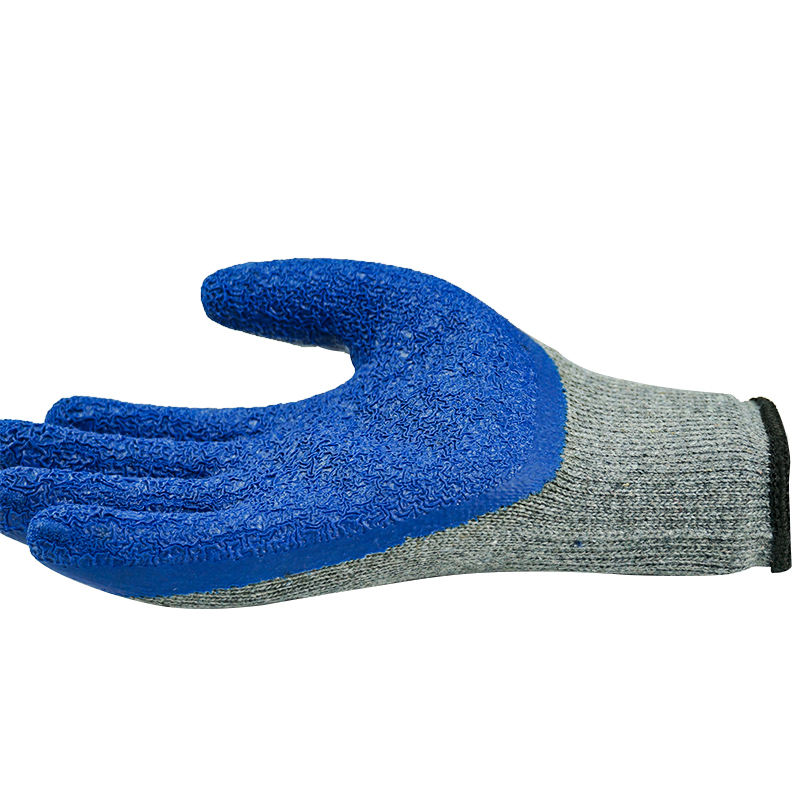
Frequently Asked Questions (FAQ)
- Q: What does 'CE' mean in ce working clothing?
- A: CE stands for "Conformité Européenne," meaning European Conformity. It is a mandatory certification mark for products sold within the European Economic Area (EEA), indicating that the product meets the essential health and safety requirements of relevant European directives.
- Q: How often should ce working clothing be replaced?
- A: The replacement interval depends on the garment's intended service life, the harshness of the working environment, and maintenance practices. Manufacturers typically provide guidelines, but any visible damage (tears, holes, faded reflective tape, compromised seams) warrants immediate replacement to maintain protective integrity.
- Q: Can protective features be washed out or degraded over time?
- A: While inherent FR properties of fabrics like aramid are permanent, some treated FR cottons or waterproof coatings can degrade with improper or excessive laundering. Always follow the manufacturer's washing instructions precisely to preserve the garment's protective characteristics. Regular inspection after washing is also advised.
- Q: Is a woodworking safety helmet considered ce working clothing?
- A: While a woodworking safety helmet is essential PPE and requires CE marking (typically under EN 397 for industrial safety helmets), it falls under head protection. CE working clothing specifically refers to protective garments for the body, though often used in conjunction with helmets and other PPE.
Lead Time, Fulfillment, Warranty, and Customer Support
For B2B clients, logistical considerations are as critical as product specifications. Reputable suppliers of ce working clothing prioritize transparency and reliability in their service delivery:
- Lead Time and Fulfillment: Standard stock items typically ship within 3-5 business days. For bulk orders or customized solutions, lead times can range from 4 to 12 weeks, depending on the complexity of customization, material availability, and manufacturing capacity. We maintain efficient supply chains and clear communication channels to keep clients informed on order status.
- Warranty Commitments: Our ce working clothing comes with a standard 1-year warranty against manufacturing defects. Extended warranty options may be available for specific product lines or high-volume contracts, reflecting our confidence in product durability and quality.
- Customer Support: We offer dedicated account managers for B2B clients, providing expert advice on product selection, compliance, and customization. Our technical support team is available for inquiries regarding product specifications, care instructions, and post-purchase assistance.
- Returns and Exchanges: A clear policy is in place for returns and exchanges of unused items within a specified period, subject to standard terms and conditions. Customized products are typically non-returnable unless defective.
Conclusion
The procurement of ce working clothing is a critical investment in workplace safety and operational efficiency. As industrial environments become more complex and regulatory frameworks more stringent, the demand for high-performance, CE-certified protective wear will only grow. By understanding the intricate manufacturing processes, adhering to rigorous technical standards, and partnering with reputable manufacturers, businesses can ensure their workforce is equipped with the best possible protection. This commitment to superior protective clothing not only safeguards lives but also enhances productivity, reduces long-term costs associated with incidents, and fosters a culture of safety and compliance. The shift towards innovative materials, smart technologies, and customized solutions represents the future of professional protective workwear, continually raising the bar for worker safety across all industries.
Citations
- European Commission. "Guidance on the implementation of Directives based on the New Approach and the Global Approach (Blue Guide)." Official Journal of the European Union, C 2005/C 245/01.
- International Organization for Standardization (ISO). ISO 9001:2015 "Quality management systems — Requirements."
- European Committee for Standardization (CEN). EN ISO 11612:2015 "Protective clothing — Clothing to protect against heat and flame — Minimum performance requirements."
- European Committee for Standardization (CEN). EN ISO 20471:2013+A1:2016 "High visibility clothing — Test methods and requirements."
- European Committee for Standardization (CEN). EN 1149-5:2018 "Protective clothing — Electrostatic properties — Part 5: Material performance and design requirements."
-
Safety Helmet for Toddler: Protecting Little Explorers Worldwide
NewsNov.25,2025
-
Essential Guide to Safety Helmets for the Oil and Gas Industry
NewsNov.24,2025
-
Essential Guide to Safety Helmet for Baby – Protect Little Explorers with Confidence
NewsNov.24,2025
-
Comprehensive Guide to Safety Helmet Factory – Global Insights & Innovations
NewsNov.23,2025
-
Rockman Safety Helmet: Ultimate Industrial Head Protection Guide
NewsNov.23,2025
-
Race Safety Helmet – Essential Protection for Motorsport Champions
NewsNov.22,2025
